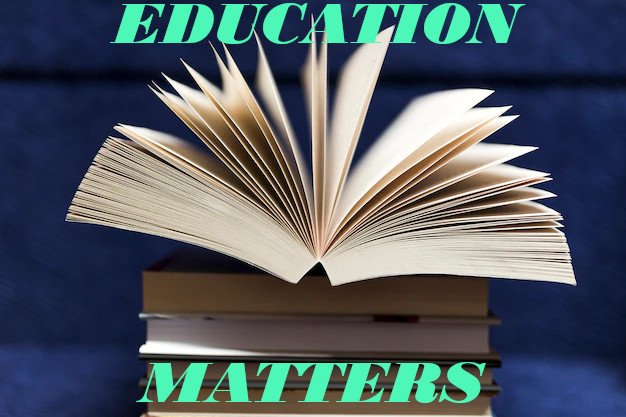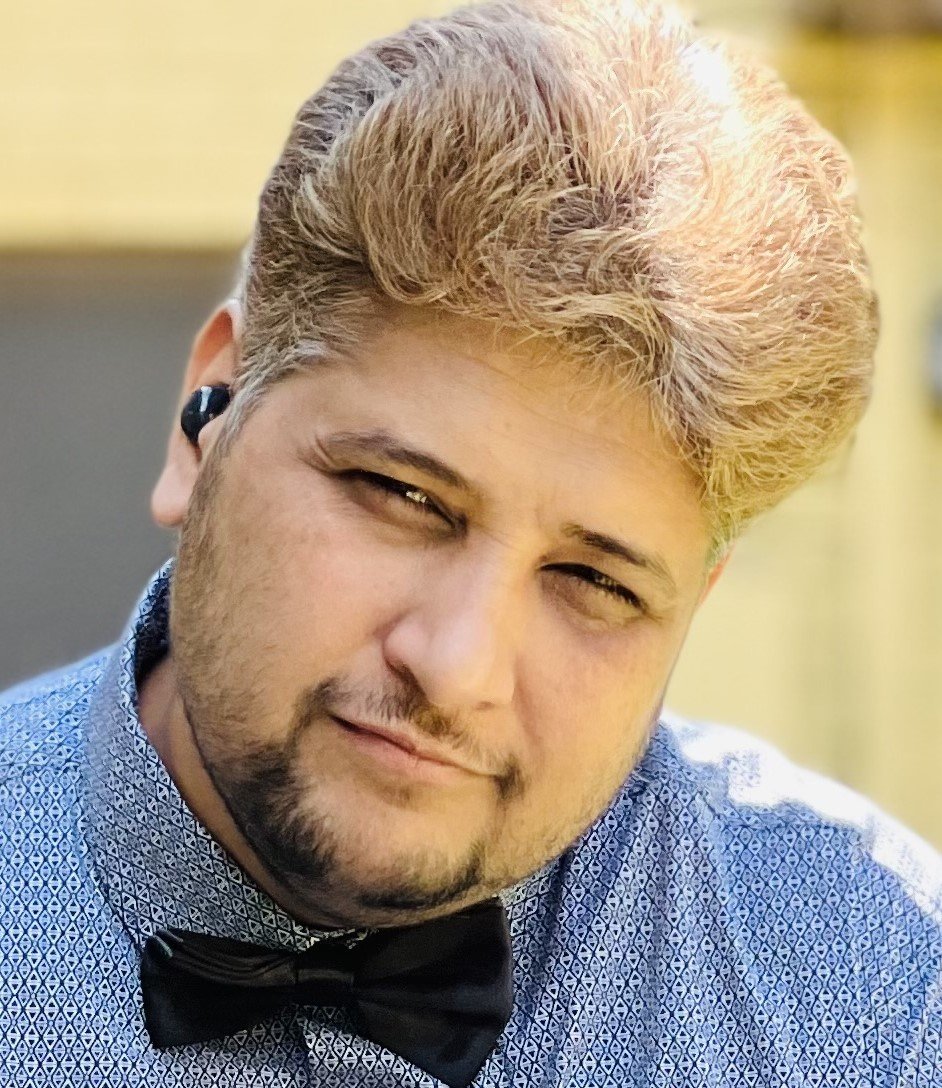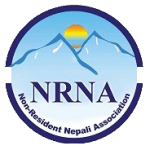Education Matters: From Theory to Practice

In our 7th article entitled “21st Century Teaching”, we discussed the empirical advantages of critical thinking, collaboration, and emotional intelligence in education. However, implementing these strategies in Nepal’s education system is filled with challenges, mainly due to insufficient teacher training and resources. This article offers actionable strategies to close the gap between theoretical knowledge and classroom practice. I argue for a balanced approach that combines traditional teaching methods with modern pedagogical techniques. Through focused teacher development and hands-on training, we can prepare Nepal’s next generation with the diverse skills required for a rapidly changing world.
The Theory-Practice Gap
Reflecting on my own educational trajectory in Nepal, I recall the dominance of rote memorization and lecture-driven teaching methods. We were conditioned to learn poems and mathematical theorems by heart, and the classroom environment was one of enforced silence, with little space for questions or debate. Like many of my peers, I emerged from this system questioning the utility of our ‘education’, a sentiment shared by many Nepalese who hold degrees but find themselves in low-skilled jobs abroad.
This disconnect between education and employability has serious repercussions. Many Nepalese individuals abroad find themselves in labor-intensive roles, such as working in gas stations or restaurants. A subset becomes victims of unethical schemes run by manipulative organizations. These organizations exploit both domestic and international labor policies to offer superficial IT training courses and create fraudulent resumes filled with misleading work experience. Preying on those seeking higher wages and less physically demanding jobs these schemes often operate with little concern for ethical or legal ramifications. These organizations collaborate with individuals who claim to have some level of IT experience, offering them a portion of the worker’s salary to complete tasks. By leveraging technology to fake job interviews, these organizations continuously market and re-market these individuals, even if they are unable to meet job requirements. Throughout this deceptive cycle, a significant portion of the worker’s earnings is siphoned off through electronic payment.
My personal experience and these societal consequences illustrate a broader, transnational issue: this disconnect between educational theory and practice in Nepal. Despite abundant research supporting student-centered and constructivist teaching methods, many Nepalese classrooms remain anchored in traditional, lecture-based instruction. Constrained by limited resources and curriculum pressures, schools often resort to rote learning, sidelining more innovative, progressive techniques. This results in a persistent theory-practice gap, underscoring the need for a cultural shift in education—a transition that, although challenging, offers the potential for meaningful change.
Benefits of a Balanced Approach
When we talk about education, it’s easy to get stuck in the old ways of teaching. But leading educational theories, like Jack Mezirow’s Transformational Learning and Jean Piaget’s Constructivism, tell us there’s a better way. It has universal value in bridging the gap between what educational research recommends and what actually happens in classrooms.
A balanced educational approach integrates the best of both worlds: modern theories, supported by evidence alongside time-honored practices rooted in Nepal’s culture. What’s really exciting is that this balanced approach doesn’t just make learning more interesting; it prepares students for real-world challenges. It calls for teachers to evolve from authoritarian figures to facilitators, aligning with learning theories universal in their relevance and application potential for Nepal.
Grounding hands-on learning in theoretical concepts provides students with a comprehensive experience that answers both the “how” and “why”. This motivates active participation rather than passive absorption.
An engaging and relevant educational experience has far-reaching implications. It not only inspires students but also catalyzes a shift in the broader educational culture toward flexibility and inclusivity. By respecting the intrinsic worth of local culture while incorporating scientific advances, this balanced approach embodies the practical utility of sound educational theories. As Kaufman (2003) notes, “there is nothing more practical than a good theory” (Applying Educational Theory in Practice). This fusion of theory and practice equips students with adaptability, creativity, and problem-solving abilities.
Practical Classroom Scenarios: A Blend of Strategies and Examples
In the spirit of turning theory into actionable steps, this section focuses on hands-on learning strategies that can be tailored to the unique educational landscape of Nepal. Drawing from Desmarais (2021), these strategies include activities that expose students to diverse cultural experiences and provoke cognitive dissonance, prompting a reevaluation of pre-existing beliefs. Kaufman (2003), and Hockett (2018) emphasize the need for active student engagement through real-world problems and group interactions. A teacher uses hands-on activities such as experiments, manipulatives, and simulations, designed to enhance student engagement and deepen understanding. These activities are often scaffolded with clear instructions and supported by teacher guidance, allowing learners to touch, handle, build, and discover concepts first-hand. Let’s explore how these hands-on strategies manifest in a typical Nepali classroom setting, using the case of the “Pashupatinath Temple”, as an example.
Constructivist Approach
A constructivist approach starts by activating students’ existing knowledge. A class discussion about Hindu temples, mythology, and beliefs lays the groundwork. The teacher asks probing questions to uncover what students already know about the temple architecture and symbolism. Small groups then analyze photographs of the temple, discussing the elements they notice and the symbolic meaning they infer. Finally, a class discussion synthesizes these findings and challenges misconceptions, aiming to encourage critical thinking and active learning rather than passive information absorption.
Experiential Approach
For a more hands-on experience, the teacher might begin by showing a video tour of Pashupatinath Temple. This immersive experience allows students to virtually ‘visit’ the site, soaking in its sights and sounds. Post-viewing, students write reflective journals from the viewpoint of a first-time pilgrim, for example. They capture their impressions and reactions to the temple’s rituals and architecture. The teacher’s individual feedback on these entries serves as a tool for correcting misconceptions and guiding further inquiry. Extensions to this could include student-created artwork of photo essays, offering additional layers of understanding and perspectives.
Humanistic Approach
In line with humanistic principles, teaching about the Pashupatinath temple starts from the students’ own curiosities. An open discussion identifies what aspects of the temple intrigue them, setting the stage for individual or group research projects. The teacher acts as a facilitator, guiding students as they delve into topics ranging from the temple’s history to its religious ceremonies. Students are then empowered to showcase their learning through various creative outlets, be it presentations, poems, or videos. The approach aims to foster curiosity and personal growth, extending learning beyond mere content delivery.
Teacher Training & Development
Addressing the disconnect between pedagogical theory and classroom practice in Nepal’s educational landscape necessitates a long-term, holistic strategy. Central to this strategy is a robust teacher development program that serves as the cornerstone for fostering a synthesis between contemporary pedagogical theories and Nepal’s deep-seated educational traditions. Such an approach not only equips educators with the necessary skills but also encourages the use of local resources, mitigating limitations imposed by sparse funding. Community involvement further amplifies this transition from theory to practice, offering a supportive context rooted in local understanding and values.
The role of teachers is pivotal, as they are at the core of all educational activities. Their level of knowledge, preparedness, motivation, and overall attitude significantly shape the student learning experience. Training programs must, therefore, be crafted to instill the principles of transformative learning theory (Desmarais, 2021), empowering teachers to guide students in both identifying knowledge gaps and cultivating critical thinking skills. In sync with Kaufman’s emphasis on learner autonomy, the training should equip teachers to create learning environments where students participate actively in planning, diagnosing their own learning needs, and evaluating the outcomes. Programs should integrate instructional coaching and mentorship, a strategy underscored by Wrenn & Wrenn (2009) and Hockett (2018), to expand teachers’ pedagogical knowledge while grounding it in real-world classroom dynamics. This multi-pronged approach is crucial for navigating the systemic constraints of Nepal’s education, and to effectively blend theoretical and practical teaching techniques.
Optimizing Existing Resources
Given our financial limitations, a culture of meaningful inquiry among students emerges as an indispensable asset for quality education. This requires a twofold approach. First, educators must maximize available resources creatively, whether by utilizing open-source educational materials or repurposing everyday items as teaching aids. Second, educators can enhance these material resources by fostering intellectual curiosity through questioning techniques, inspired by works like Terrel Heick's "12 Questions to Help Students See Themselves as Thinkers." When students are encouraged to ask deep, reflective questions, the classroom becomes a ground for critical thinking, irrespective of the scarcity of physical resources. Reusing and sharing educational materials across the teaching community further amplifies this effect, making resource optimization a collective endeavor.
Moreover, the integration of emerging technologies like artificial intelligence and large language models offers another avenue for resource optimization, especially in professional development for teachers. While caution is imperative given the ethical and practical implications, such technologies have the potential to revolutionize classroom practices. They can assist in creating lesson plans, quizzes, and even localized content, thus reducing the preparation burden on educators. However, this is not merely about convenience; it's about leveraging technology to bridge educational gaps. By making informed decisions about these advanced tools, we can create classrooms that are not just well-resourced in a traditional sense but are intellectually stimulating and future-ready.
Measuring Progress
Implementing educational theories into actionable classroom practices necessitates rigorous mechanisms for measuring progress, especially in diverse educational landscapes like Nepal. Initial steps involve needs assessments and curricular mapping to ensure that theoretical models align with student needs and educational standards. Subsequently, pilot tests offer a small-scale evaluation of a strategy’s effectiveness, as outlined by City, Elmore, Fiarman, and Tietel in their 2009 work “Instructional Rounds in Education”. These tests should be coupled with targeted teacher training to facilitate successful implementation. Once rolled out, continuous formative assessments such as quizzes and observations provide real-time feedback on student engagement and progress, as emphasized by Carol Ann Tomlinson in her 1999 book “The Differentiated Classroom: Responding to the Needs of All Learners”. These are complemented by summative evaluations like end-of-term exams, which offer an overall picture of student achievement. Diagnostic pre-assessments help in instructional planning, while post-assessments, including psychometric validity and reliability analyses, measure learning gains and the effectiveness of the intervention.
The measurement process serves multiple objectives, from accountability to fine-tuning pedagogical strategies. It justifies resource allocation to stakeholders like administrators and policymakers while also contributing to the academic field by generating empirical evidence that can validate or challenge existing theories. In addition, periodic feedback from students, teachers, and parents supplements these metrics, providing a comprehensive understanding of how new educational methods are perceived and their effectiveness in practice. This approach to formative assessment is also supported by Dylan William’s 2011 book “Embedded Formative Assessment”.
The process of turning theory into practice is iterative. The initial implementation, even if not flawless, offers valuable data for refinement. Observational data and assessments guide necessary adjustments before broader application. This adaptability is particularly important for multi-year evaluations, which provide a more accurate assessment of the impact of significant pedagogical changes. In this way, setbacks are not failures but opportunities for improvement, enabling educators to fine-tune their approaches until they achieve optimal outcomes.
Call to Action
Turning theory into practice in Nepal’s diverse educational landscape is more than just an intellectual quest; it’s an immediate necessity. The journey begins with educators, who should actively seek professional development to align their teaching methods with research-based strategies, as elucidated by Williams (2011) and Tomlinson (1999). Teachers can try new teaching methods in lessons and reflect on the outcomes. School leaders can evaluate curricula to align with innovative pedagogical methods and allocate time for collaborative planning among teachers. Teacher training programs need to build a bridge between theory and practical skills, while policymakers should bolster resource allocation for education. Parents can contribute their expertise and feedback, and students should seize opportunities for self-directed learning.
Although systematic transformation is a long-term goal, each stakeholder can make an immediate impact by playing a part in this transition. By pooling efforts and resources, we can foster a culture of continual improvement and collaborative innovation. It’s a team effort that requires persistent, grassroots action to build momentum for change. The collective commitment of teachers, administrators, parents, policymakers, and students can turn incremental adjustments into transformative educational experiences. Now is the time to act!
Thank you for dedicating your time to this installment of the “Education Matters” series. Your active involvement is key to fostering a substantive dialogue that can reshape Nepal’s educational landscape. I invite you to share your thoughts, questions, or feedback at [email protected], as it adds depth to our collective understanding. As we look ahead, the upcoming article, “Data-Driven Decision Making in Nepal’s Education Reform”, will focus on the imperative role of data in informing educational policies in Nepal. Let’s continue this enlightening journey as we delve into the mechanisms that can drive educational reform through data, fostering more informed and equitable education in Nepal.



Leave Comment